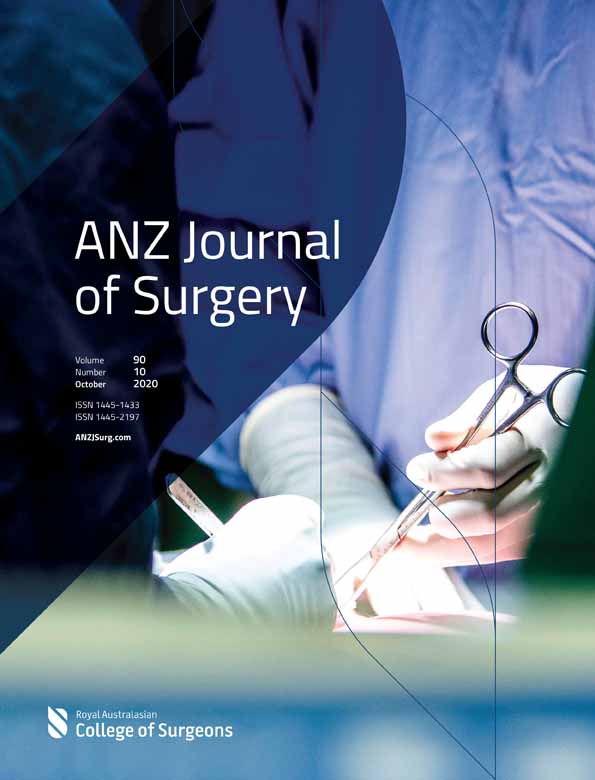How will increasing surgical volume affect mortality in the Pacific, Papua New Guinea and Timor Leste?
Abstract
Background
Nine South Pacific nations, Papua New Guinea and Timor Leste, have collaborated to report and publish their surgical metrics as recommended by the Lancet Commission on Global Surgery (LCoGS). Currently, these countries experience about 750 postoperative deaths per year, representing 1% of crude mortality in the region. Given that more than 400 000 annual procedures are needed in the nine nations to reach the LCoGS target of 5000/100 000, we aimed to calculate the potential contribution of perioperative mortality to national mortality where these procedures are performed.
Methods
We utilized reported surgical metrics with current rates for surgical volume (SV) and perioperative mortality (POMR), as well as World Bank/WHO mortality statistics, to predict the likely impact of surgical scale-up to recommended targets by 2030. We tested correlations between SV and POMR in countries from our region using Pearson's r statistic. Funnel plots were used to evaluate the dataset for outliers.
Results
Surgical scale up would result in perioperative mortality contributing on average to 3.3% of all national crude mortality. This prediction assumes POMR stays the same, which is challenging to predict. In our region countries that achieved the LCoGS target (n = 5) had a lower POMR than countries that did not (n = 8).
Conclusions
Surgical volumes in the South Pacific region must increase to meet the LCoGS target. Postoperative mortality as a proportion of all mortality may increase with the surgical scale up, however, the overall number of premature deaths is expected to reduce with better access to timely and safe surgical care.
Conflicts of interest
None declared.




